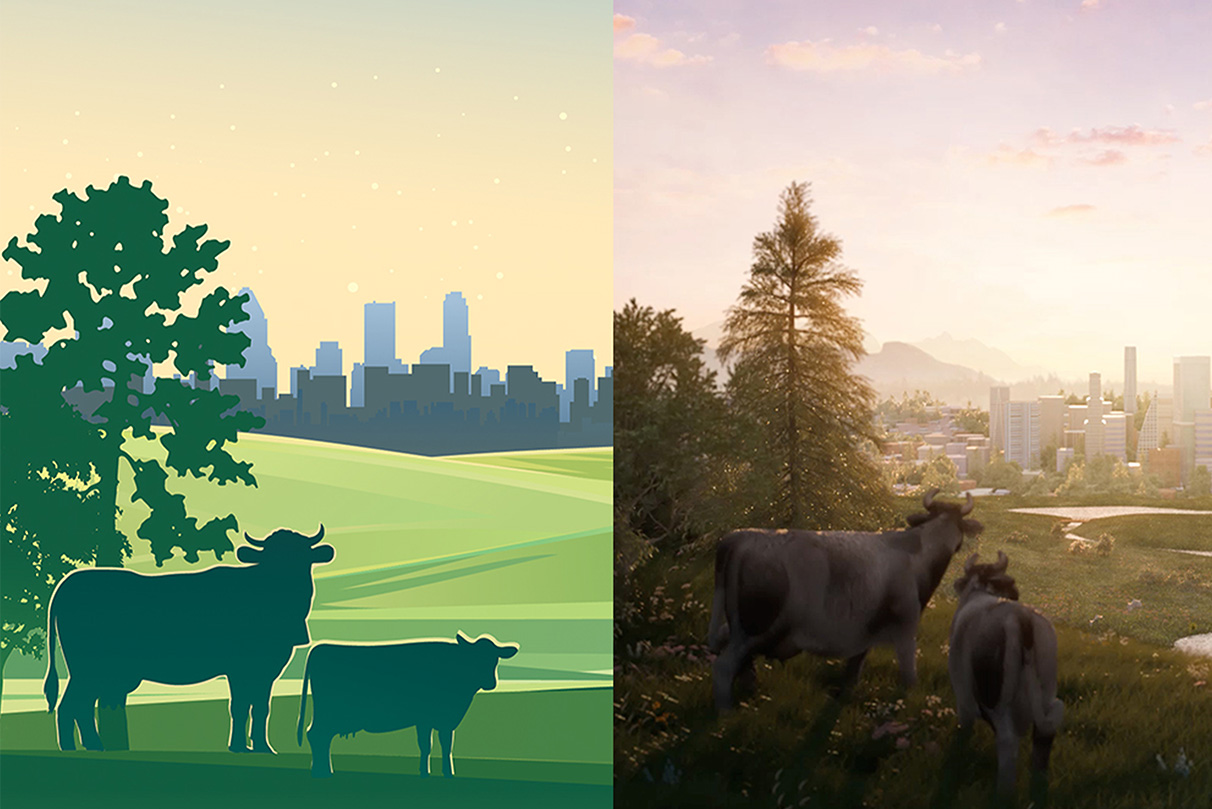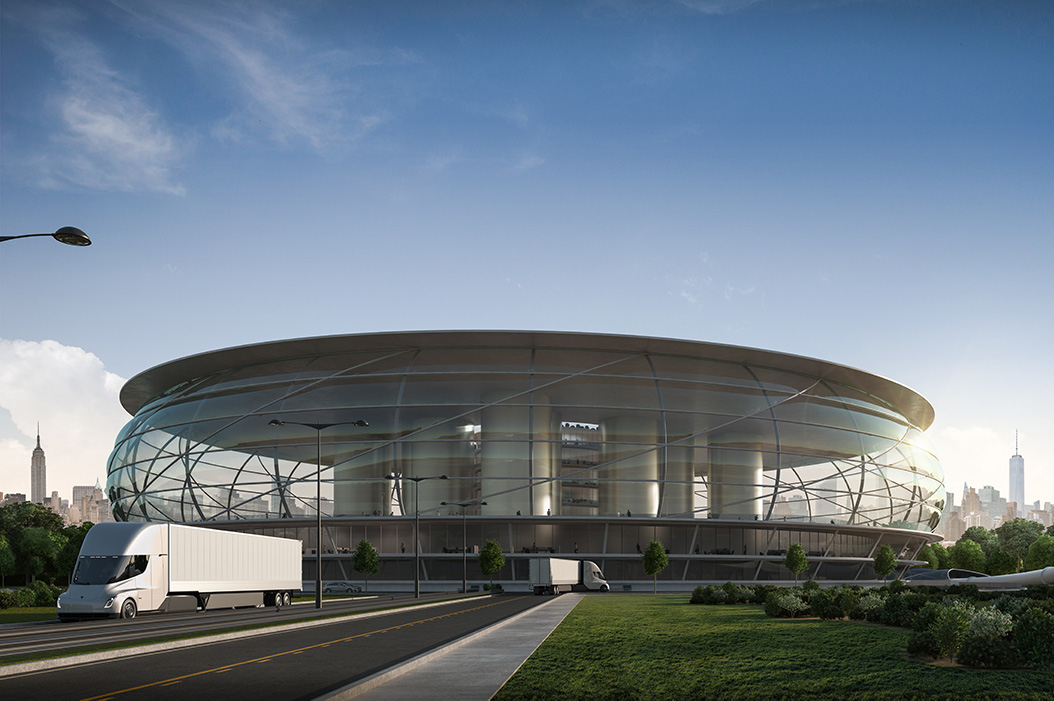FROM FAUNA VISION
From Fauna Vision
Scroll
to read
Contents:
Introduction
Future of From Fauna
Artistic Development
Final Video
Introduction
For the People. For the Animals. For the World.
We so often hear people describe the concept of cultivated meat with dramatic adjectives such as “revolutionary”, “transformative”, and “world-changing”, but at From Fauna we noticed a disconnect between such intense, emotional language and the visual identity of our young field. A photograph of meat created via cultivated meat does indeed portray the state of the Cultivated Meat field, but we asked ourselves, how much does this type of visual tap into unifying states of human emotion? How much does it convey what we see as a deeper representation of Cultivated Meat, like our mantra within the From Fauna Slogan? We found the answer to be discouraging and a disservice to Cultivated Meat; this portrayal of cultivated meat was leading to a vast miscommunication with the public who, for the most part, are just learning about cultivated meat for the first time.

It was this disconnect between the commonly attributed emotional language of Cultivated Meat and the corresponding non-emotional imagery that motivated us to transform the narrative and urge our industry partners to tackle the challenge similarly. This was the first element that led to creating From Fauna Vision, an artistic representation of our mantra at From Fauna: For the People. For the Animals. For the World. It also provided the spark for From Fauna to fully dive into the creative world of cultivated meat for years to come.
The second element that inspired our action was discovered in considering how a leader in cultivated meat education, a role we found ourselves increasingly occupying over the years, should communicate such a novel concept. More specifically, how From Fauna should communicate Cultivated Meat through our organization's most frequently used information channel, the conduit where the highest quantity of people will discover both us and the greater field of cultivated meat for the first time, the internet.
We see our website as not only a home for From Fauna, but also the home for a vision: one for the concept of cultivated meat which holds so much promise for the people, the animals, and the world. And over time, as we came into the position of serving as the internet’s global hub for cultivated meat, we felt a strong responsibility to make the experience any visitor has with our website an unforgettable one. This, of course, starts with the introduction to CellAg.org.

When it came to that initial interfacing between From Fauna and internet visitors, the topic of imagery instantly arises. While featuring someone holding a petri dish with meat inside may seem to describe the “how” behind cultivated meat, or the scientific basis of the concept, we sought to create a visual that would summarize the “why” behind the aforementioned strong descriptions that Cultivated Meat so often receives. In other words, we felt the cultivated meat space needed a visual that was as dramatic as those impassioned characterizations that people so often award the concept.
When we originally launched in 2018, we wanted any user’s first impression of cultivated meat and From Fauna to be powerful. We built our homepage, specifically our hero image (the first image, front and center on a website) around the visual portrayal of our slogan: For the People. For the Animals. For the World.

As we began to develop the From Fauna 2020 Relaunched Website, we sought to evolve this visualization to match how From Fauna was evolving. The goal was to create a looping, motion-based sequence that identified with our slogan just as our first hero image did, but taken to the next level. So, we created a visual that could tell the right story about cultivated meat and our work at From Fauna for 2020 and onward; a visual that would inspire hope for those unfamiliar with the concept we represent, as well as give a sense of reassurance for those who are familiar with us already. And lastly, it needed to hint at what was ahead for us at From Fauna, transitioning our work into the creative domains of design and video. All of this translated into the making of From Fauna Vision.
Future of From Fauna
A Vision for From Fauna & Cultivated Meat
Our identity at From Fauna was going through a natural evolution after we first launched. As a young organization, our niche had yet to be found, but it became clear in 2019 that the creative angle we could bring to cultivated meat was uniquely fitting to From Fauna. Our Founder, Kris Spiros, was motivated by his fellow leaders within cultivated meat who didn’t grow up on farms or even necessarily have close ties to animal agriculture, but instead learned about a system that was in need of change through the internet and videos on platforms like YouTube.
Through discoveries like this amongst his peers, he slowly became keen to the special qualities of “video”. And having years of experience communicating cultivated meat verbally, textually, and through still-imagery, Kris felt he could make a reasoned assessment on the matter. He ultimately felt that video as a communication platform for Cultivated Meat was generally superior to the rest; this perception shift carried through organizationally as From Fauna started to recognize the vast and unique capability for the medium of video to tell stories and share visions on the future of cultivated meat that other media formats such as literature just couldn’t compare to. When it came to communicating the From Fauna viewpoint related to the core principles of cultivated meat, Kris simply felt that the other media types fell short in contrast to video, especially for emotional evocation.
The integration of music within “video” was an additional characteristic that Kris felt could properly heighten Cultivated Meat. Through carefully sourced music, he felt From Fauna could create emotionally evocative experiences, allowing people to understand the potential of cultivated meat in its truest, most profound form. It was the intention for the most important video projects at From Fauna to cohesively combine with carefully-crafted soundscapes in order to influence the world without the limitations of language, a mass appeal that is vital to our international mission. He thought cultivated meat, as a new concept that so many are unaware of, was in need of superb communication and believed that design and video would best achieve that aim in the early 21st century. This all culminated in 2020, where the medium of video would become the nucleus of the entire organizational programming at From Fauna. From Fauna Vision would mark the beginning of that organizational evolution.
The design philosophy behind From Fauna Vision began as a reimagining of the original hero image from our first website. When we set out to redesign our site, we decided we also needed to change the visual introduction from a Hero Image to a Hero Video. This required a “moving” visual, both in a physical and emotional form, that would inspire the world with our vision for cultivated meat's revolutionary potential, while also hinting at our future focus on video as a communication medium. Indeed, From Fauna Vision represents all of that for us: a vision through cultivated meat, where humanity, animals, and the planet can live more harmoniously than ever before. A week prior to the unveiling of From Fauna Vision we shared a short teaser on how our website, and hence From Fauna, was preparing to better serve cultivated meat, creatively…
FROM FAUNA WEBSITE EVOLUTION
Artistic Development
Creating From Fauna Vision
The inspirational, visual projects we develop, also known as our “visioning” projects, are a central focus for us at From Fauna. Due to the visual medium they occupy, we find our visioning projects have expanded reach and heightened intrigue amongst our audience. These efforts heighten intrigue for cultivated meat and serve as a unique digital conduit for us to relay the fundamental concepts we represent within Cultivated Meat. From Fauna Vision is no exception, as it was intended to give a simple, yet profound glimpse into a future with cultivated meat. It features two primary animal subjects in the foreground, cows derived from the hero image on our original website. And since photorealism was not the objective, we had artistic freedom to add an ‘other-worldly’ look to the sequence. The 3D cow models, for instance, nod to the creative cell design, both featured on our website and as the backbone to From Fauna Ethos. The primary digital tool used to refine From Fauna Vision within the art direction stage, as well as the website’s loopable sequence was Cinema 4D. This software and some of the model topology can be found below.
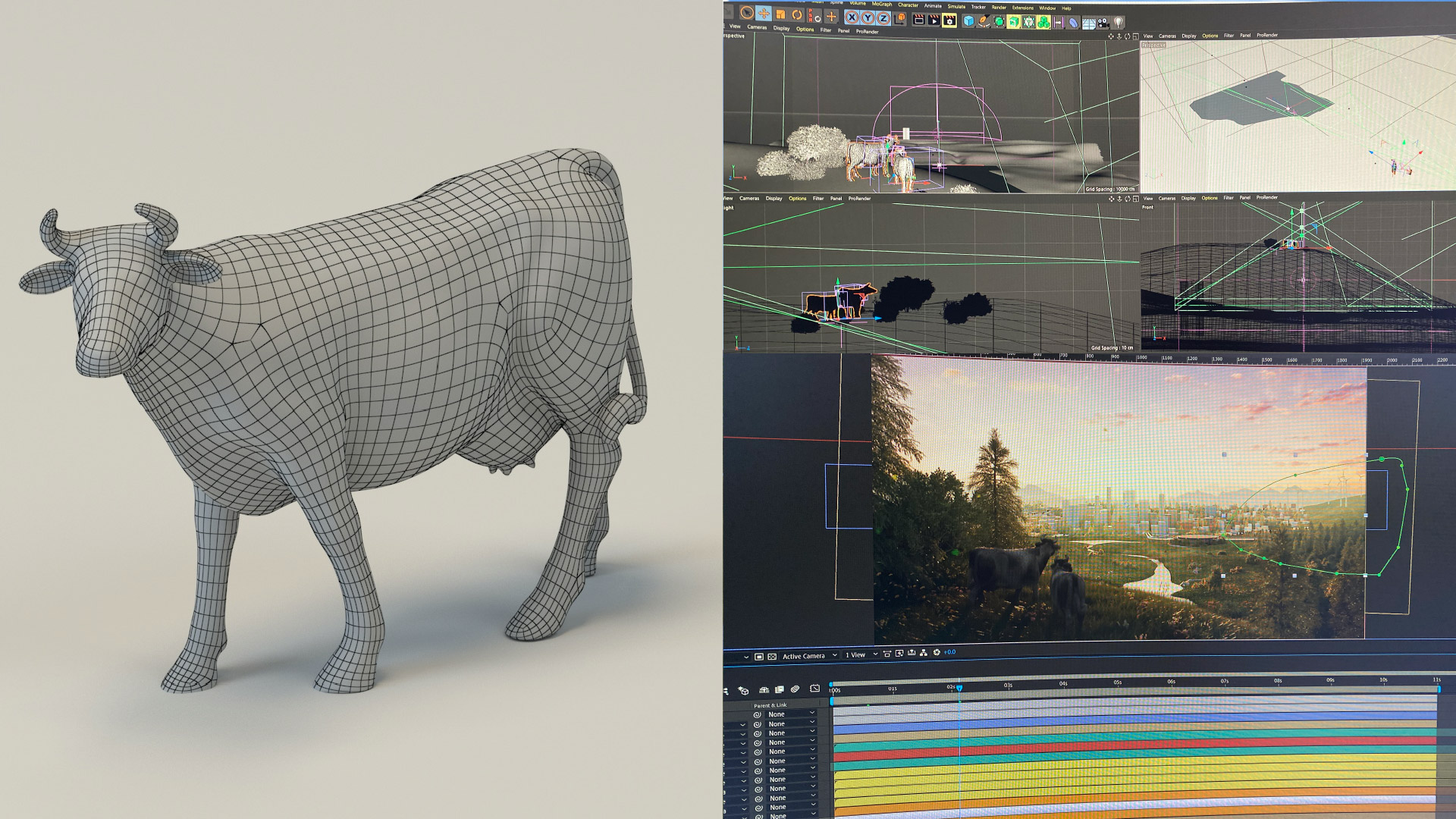
Behind-the-scenes 3D model topology & Cinema 4D
While incorporating the From Fauna Slogan, #PeopleAnimalsWorld, was salient, we held to our principles of purposefully omitting language out of the scene; we felt anything more than an instrumental musical piece would be unfitting since the prospects of cultivated meat that the visual signifies are global in scale and not limited to any culture or region of the world. Instead, we sought to symbolize the slogan through the background city, Project CMF, a Hyperloop system (People), the cows (Animals), and the environment (World) encompassing it all. With regards to color, the project progressed towards a warmer, more sophisticated color palette over subsequent iterations. Ultimately the lighting and fog (symbolizing the commonly referred to home for Cultivated Meat, as well as From Fauna, San Francisco) influenced the color of the eventual final artwork as well.
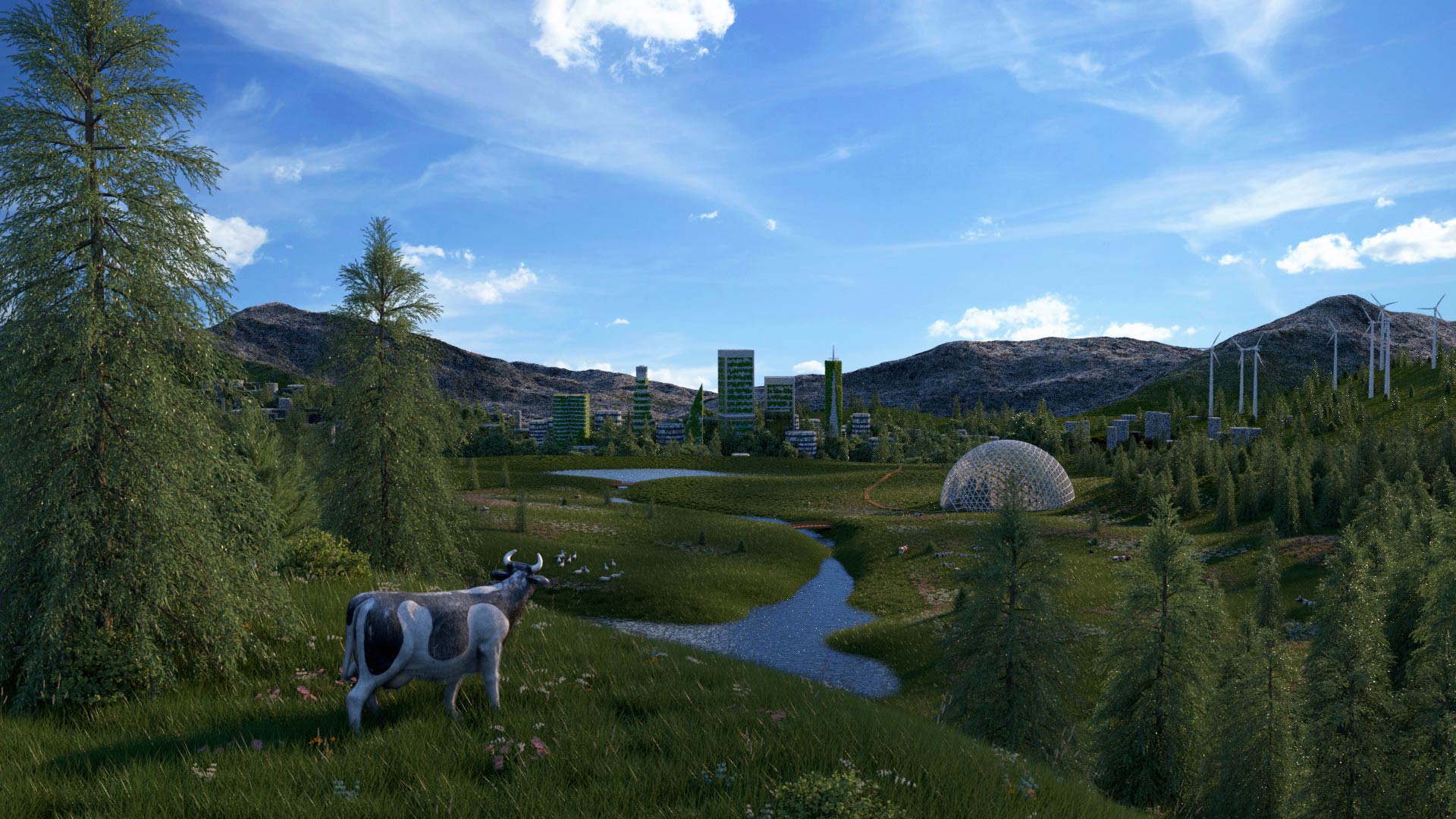
From Fauna Vision - V1 (top), V2 (left), V3 (right)

While our previous website's homepage stood as the most significant creative inspiration for From Fauna Vision, we would be remiss to not reflect on other pieces that lent certain creative elements to the final artwork. There were a multitude of key creative starting points within the film and video game industries, all of which converged as inspiration towards the final artistic achievement.
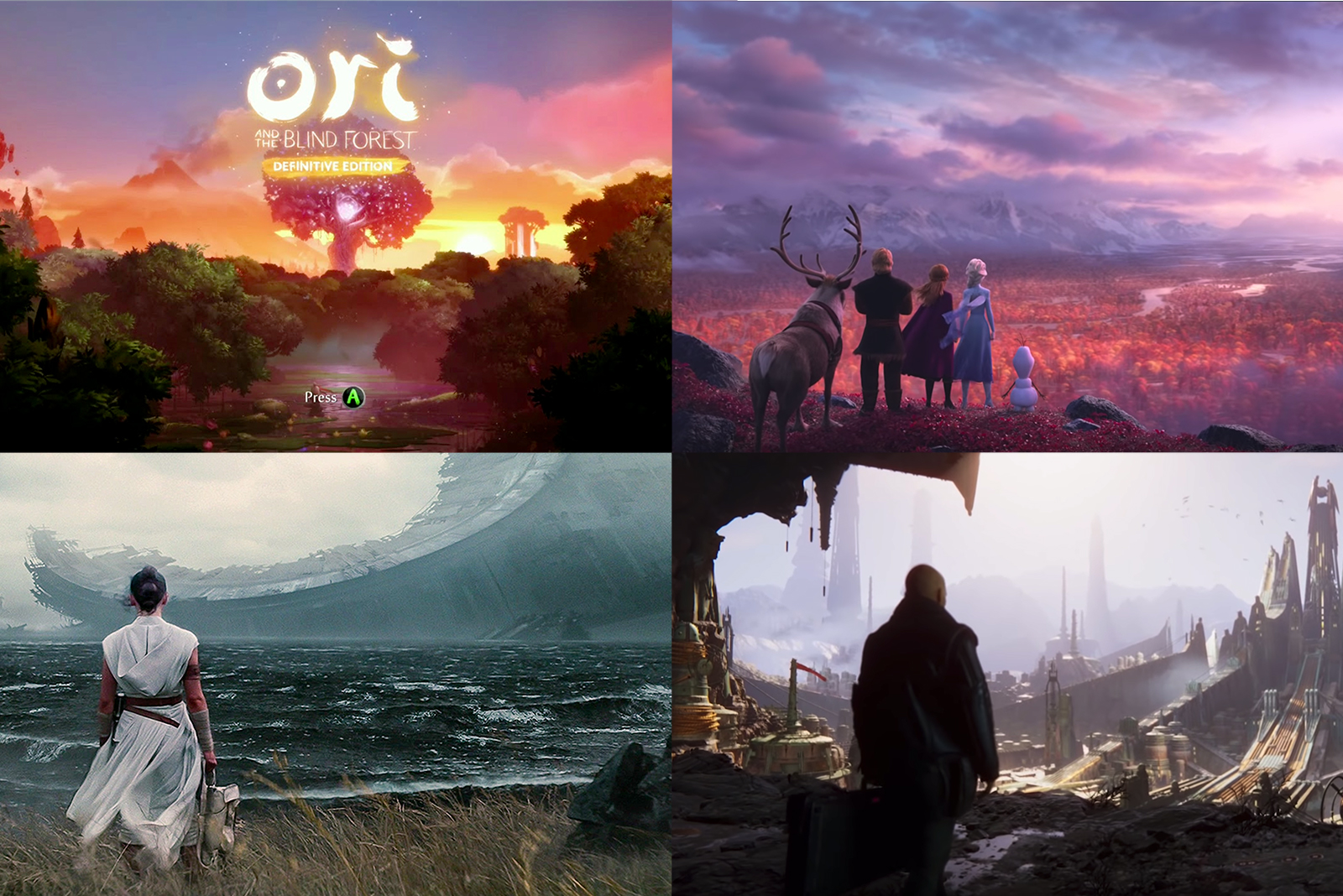
From Fauna Vision - Artistic Influences
Ori & the Blind Forest (top left), was the first of these, specifically, the effect where leaves wistfully blow in the wind, as well as the natural color palette and serene mood conveyed in their Main Menu. A scene from Frozen 2 (top right) illustrates an outlook upon a grand landscape from higher ground which mimicked the positioning of our two primary cow subjects. Star Wars IX: The Rise of Skywalker (bottom left) features an epic scene with large environmental scale, atmospheric fog, and palpable solemnity which was also a creative spark for From Fauna Vision. And lastly, Unity’s real-time cinematic short film utilizing ray-tracing, The Heretic (bottom right), features a foreground character walking towards the horizon, positioned away from the camera’s perspective; what we aimed to reflectively achieve in our work was the effect of the backlit character, hiding a bit of the lost fidelity in the 3D models when optimizing the clip, a necessary visual tradeoff for displaying the artwork on our website. Lastly, it’s noteworthy that these 4 inspirations share an important sense of gravitas that pulls together the scene, audiovisually. And while varying in depth and degree, this is also an area we sought to incorporate into From Fauna Vision.
It goes without saying, that inspiration and ideation are nothing without capable individuals to drive them to fruition. We worked closely with award-winning teams, WOVE Collective and monopo, through a creative process spanning Q2 & Q3 2019 to create the unique visual that would ultimately define the From Fauna Website and our future direction in cultivated meat. From Fauna Vision was concluded in the Fall of 2019 and is featured as the primary hero visual on our website, social media, and the From Fauna Store.
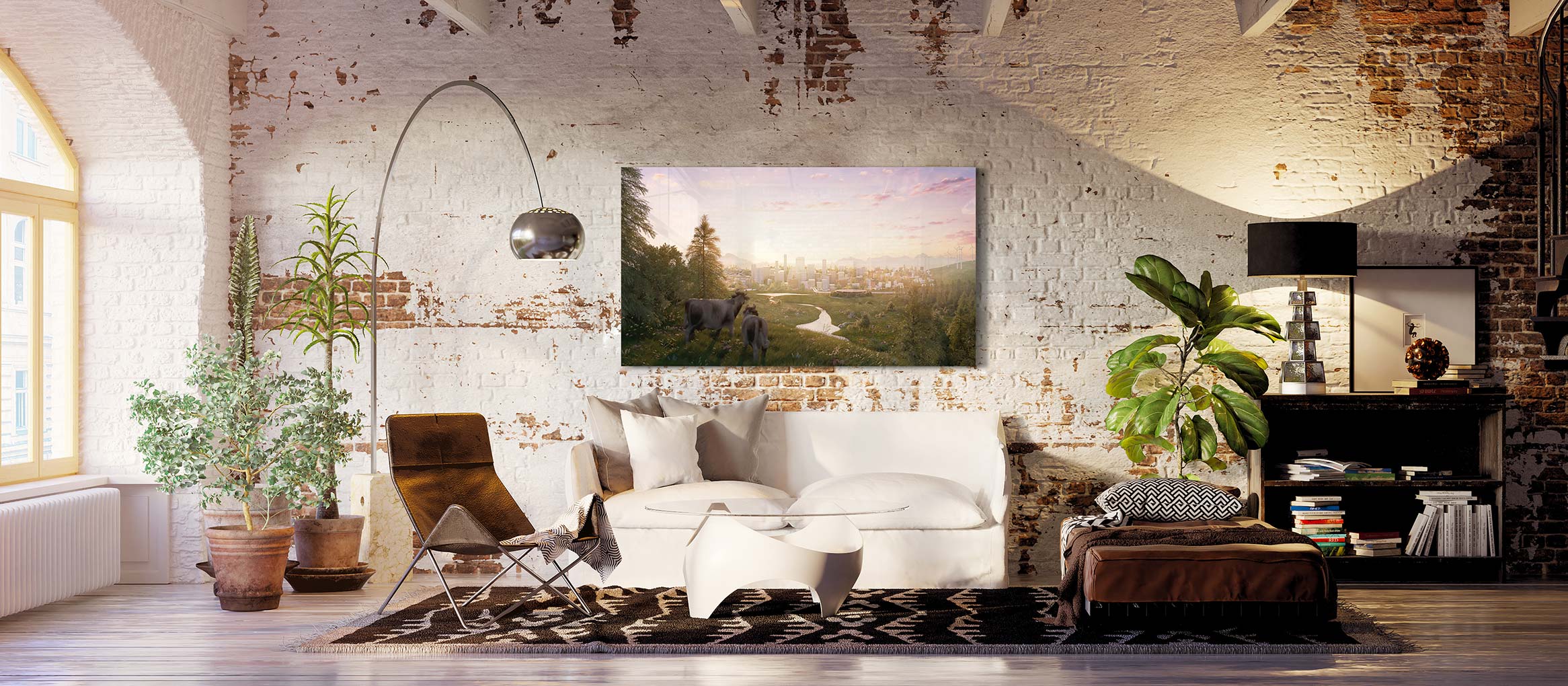
From Fauna Vision, a Featured Design from the From Fauna Store
-
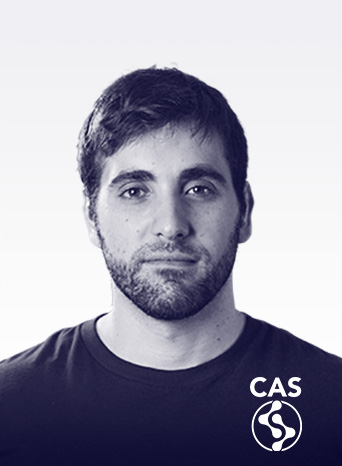
Concept Ideation & Creative Strategy
Kris Spiros
Kris is the Founder, Creative Director, and President at From Fauna. He is the visionary behind a multitude of pioneering projects in the cultivated meat space, including the Harvard & Stanford-profiled 90 Reasons and Project CMF.
His efforts have helped to establish the field of cultivated meat over the last decade, having been featured and quoted in the Financial Times, Washington Post, Science, Harvard Innovation Lab, MIT Tech Review, Meat Science, Forbes, and has developed collaborations between From Fauna and the UN, Harvard, Stanford, Elsevier, and Google. -
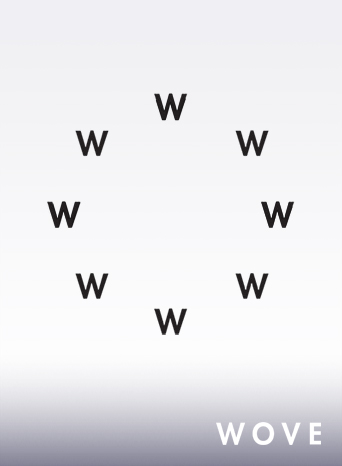
Visual Design
WOVE Collective
WOVE is an art and design studio based in Toronto, Canada with clientele including Apple, Nike, Universal Music, and Sony. They were founded by current Creative Director, Quentin Deronzier, who led the visual design of From Fauna Vision.
Driven to create captivating visual experiences, WOVE collaborates with artists and brands from around the world. They primarily direct their efforts in the creation of show/event visuals, art installations, artistically-driven commercial projects, music videos, and album art. -

Project Management & Creative Strategy
Mattijs Devroedt
Mattijs is the Manager Director at monopo. Based in London and Tokyo-born, monopo is a creative agency that delivers design-driven solutions through digital experiences, branding, advertising and video production. Mattijs’ position as Manager Director includes a multitude of roles, including but not limited to project management, creative strategy, and copywriting.
He started his career as an advertising strategist in Belgium and moved to London in 2012 to join Ogilvy and later adam&eveDDB. In 2016, Mattijs joined Wieden+Kennedy in Tokyo where he has helped brands like Nike, IKEA, Audi, and Airbnb find their feet in the Japanese and Korean markets as Strategic Planning Director. -
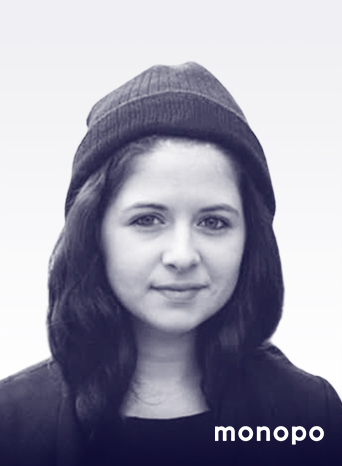
Project Management & Creative Strategy
Mélanie Hubert-Crozet
Mélanie is the Creative & Art Director at monopo. Based in London and Tokyo-born, monopo is a creative agency that delivers design-driven solutions through digital experiences, branding, advertising and video production. Mélanie’s role as Creative & Art Director encompasses various responsibilities, but most prominently, she leads and manages all of monopo London's design initiatives.
She is a Gobelins graduate who has worked at leading digital agencies, UNIT9 and HUGE, in London before joining monopo in 2016. There she has played a central role in the internationalization of the agency, resulting in global business growth and a string of awards.
Final Video
From Fauna Vision
We are proud to present From Fauna Vision below, paired with the musical piece, “Nascence”, by Austin Wintory. This short visualization, which also serves as our website’s opening sequence, depicts a future with cultivated meat. It symbolizes the beginning of our journey at From Fauna using video as a communication medium for cultivated meat education. From Fauna Vision further serves as an artistic encapsulation of our slogan at From Fauna: For the People. For the Animals. For the World.
FROM FAUNA VISION
Related projects

